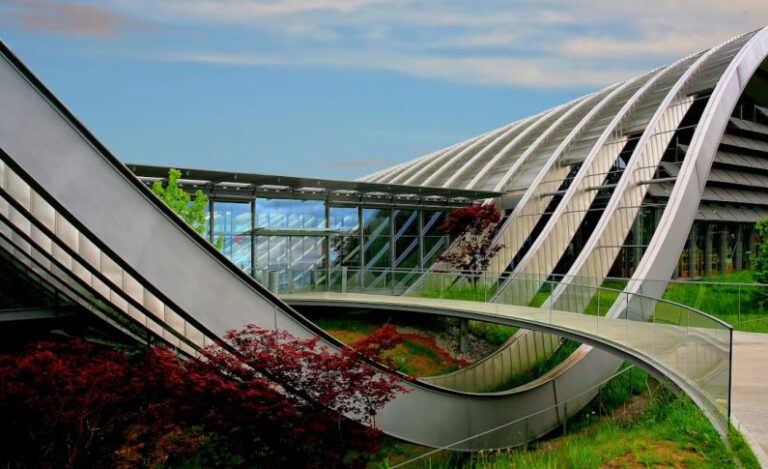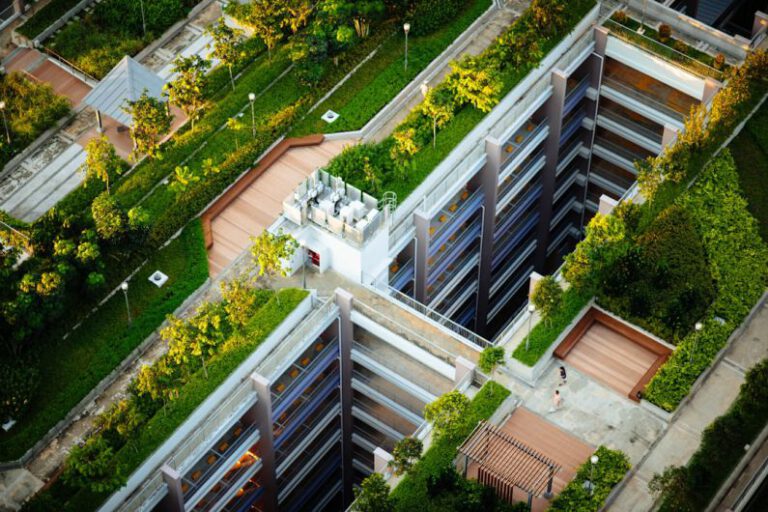How Can Cities Encourage Green Building Practices?
Title: How Can Cities Encourage Green Building Practices?
Developing sustainable cities is becoming increasingly important in the face of climate change and the need to reduce environmental impact. Green building practices play a crucial role in creating more environmentally friendly urban spaces. As cities continue to grow and expand, it is essential to explore ways in which they can encourage and promote the adoption of green building practices. By incentivizing sustainable building methods and implementing supportive policies, cities can pave the way for a more sustainable future.
Incentivizing Green Building Certifications
One effective way for cities to encourage green building practices is by incentivizing the attainment of green building certifications such as LEED (Leadership in Energy and Environmental Design) or BREEAM (Building Research Establishment Environmental Assessment Method). These certifications recognize buildings that meet specific criteria for energy efficiency, water conservation, and overall sustainability. Cities can offer tax incentives, expedited permit processes, or density bonuses to developers who achieve these certifications. By providing tangible benefits for green building projects, cities can motivate developers to prioritize sustainability in their construction projects.
Mandating Green Building Standards
Another approach that cities can take to promote green building practices is by mandating the adoption of green building standards for new construction and major renovations. By requiring developers to meet specific sustainability criteria, cities can ensure that new buildings are designed and constructed with environmental impact in mind. This could include requirements for energy-efficient heating and cooling systems, use of sustainable materials, and implementation of water-saving technologies. By setting clear standards for green building practices, cities can establish a baseline for sustainability in construction projects and contribute to overall environmental goals.
Creating Green Building Incentive Programs
Cities can also establish green building incentive programs to provide financial assistance or resources to developers looking to incorporate sustainable practices into their projects. These programs could include grants, low-interest loans, or technical assistance to help offset the costs associated with green building initiatives. By offering support to developers who are committed to sustainability, cities can make green building more accessible and attractive to a wider range of stakeholders. This can help spur innovation in sustainable design and construction practices and accelerate the adoption of green building techniques across the city.
Fostering Collaboration and Knowledge Sharing
Collaboration and knowledge sharing among stakeholders in the construction industry are essential for promoting green building practices within cities. Cities can facilitate networking opportunities, workshops, and training sessions to connect architects, developers, builders, and policymakers and encourage the exchange of ideas and best practices. By fostering a community of professionals dedicated to sustainability, cities can create a supportive environment for the implementation of green building practices and drive continuous improvement in sustainable construction methods.
Promoting Public Awareness and Education
Public awareness and education play a crucial role in advancing green building practices within cities. Cities can launch public awareness campaigns, educational initiatives, and outreach programs to inform residents about the benefits of green buildings and sustainable design. By engaging the community and raising awareness about the importance of sustainability in the built environment, cities can cultivate a culture of environmental responsibility and encourage individuals to support green building initiatives. Public support for sustainability can create demand for green buildings and put pressure on developers to prioritize environmental considerations in their projects.
Encouraging Adaptive Reuse and Retrofitting
In addition to promoting green building practices in new construction projects, cities can encourage adaptive reuse and retrofitting of existing buildings to improve their environmental performance. Adaptive reuse involves repurposing existing structures for new uses, while retrofitting focuses on upgrading buildings to enhance their energy efficiency and sustainability. By incentivizing adaptive reuse and retrofitting projects, cities can reduce waste, preserve historic buildings, and promote sustainable approaches to urban development. This can help cities achieve their sustainability goals while preserving the character and history of their built environment.
Embracing Innovation and Technology
Embracing innovation and technology is key to advancing green building practices within cities. Cities can support research and development in sustainable construction methods, encourage the use of cutting-edge technologies, and promote the integration of smart building systems to enhance energy efficiency and environmental performance. By embracing innovation, cities can stay at the forefront of sustainable design and construction practices and inspire other urban centers to follow suit. Investing in green building innovation can lead to long-term environmental benefits and position cities as leaders in sustainability.
Conclusion: Building a Sustainable Future
As cities grapple with the challenges of urbanization and climate change, promoting green building practices has become imperative for creating a more sustainable future. By incentivizing green building certifications, mandating green building standards, creating incentive programs, fostering collaboration, promoting public awareness, encouraging adaptive reuse, and embracing innovation, cities can take significant steps towards advancing sustainability in the built environment. Through concerted efforts and collective action, cities can lead the way in promoting green building practices and setting a positive example for sustainable urban development. By prioritizing sustainability in construction projects, cities can create healthier, more resilient urban spaces that benefit both current and future generations.






